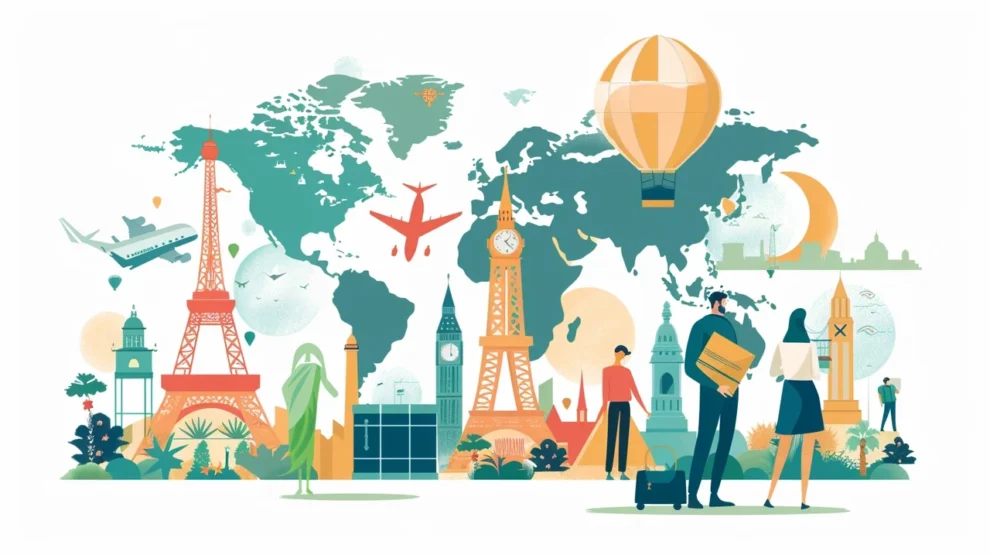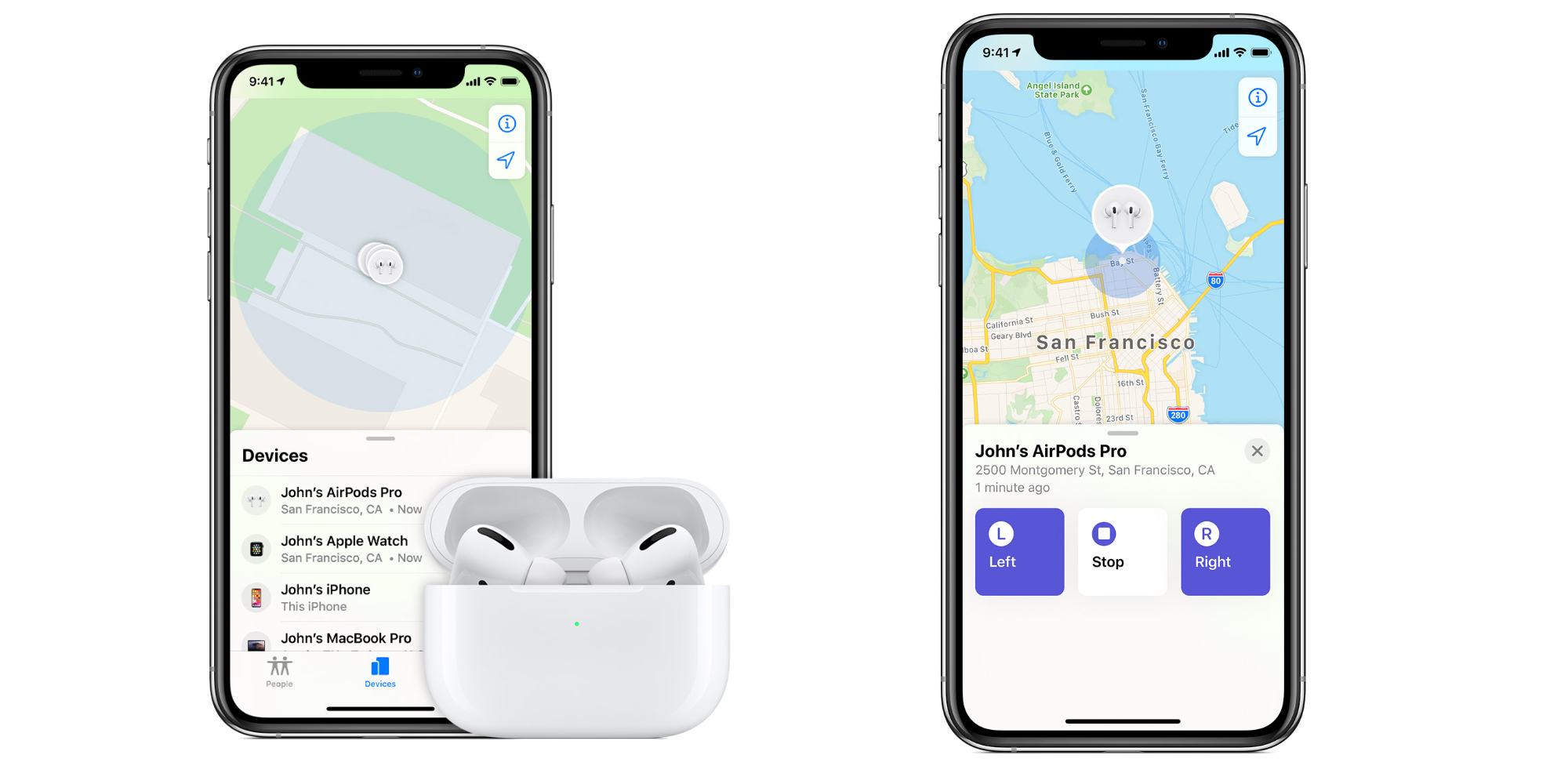Google is stepping up its game in the travel industry by leveraging artificial intelligence (AI) to offer custom travel itinerary planning. This innovative approach aims to provide travelers with personalized travel experiences by understanding their preferences and suggesting tailored recommendations.
At the heart of this project is Google’s utilization of its PaLM API, integrated with the Google Maps Places API. This integration allows for a detailed understanding of a user’s travel preferences, facilitating the generation of personalized recommendations, including location descriptions and images. This process not only enhances the user experience by offering customized travel suggestions but also streamlines the booking process by linking with booking APIs for a seamless transition from planning to booking.
The AI tool operates by receiving user inputs, such as travel destinations and preferences, and generating a dialogue that mimics natural conversation. This is achieved through a process known as few-shot prompting, where the AI is given examples of how to format responses, including specific location formats that can be integrated with Google Maps for detailed place descriptions and images. The implementation ensures a conversational memory, keeping track of user responses to maintain a flow of dialogue that is coherent and contextually relevant to the user’s initial requests.
Google’s initiative is open source, allowing developers and startups to build upon the foundation laid by Google’s team. This move not only broadens the potential applications of the technology but also fosters innovation within the travel industry. In collaboration with strategic partners, such as Agoda, Google aims to explore new possibilities in travel planning, emphasizing the transformative potential of generative AI in offering highly personalized travel planning experiences.
This initiative is part of a broader trend in the travel industry, where AI is increasingly being used to automate creative processes, including travel marketing and itinerary planning. Generative AI, the technology underpinning this innovation, is capable of generating unique content based on specific rules, marking a significant advancement in AI’s ability to mimic human creativity. The global generative AI market, valued at $7.9 billion in 2021, is expected to grow exponentially, reaching $110.8 billion by 2030, reflecting the rapidly increasing adoption and investment in AI technologies across various sectors, including travel.
Other platforms, like Roamr and Wanderbot, are also integrating AI to offer fast, intuitive travel planning tools. Roamr specializes in creating itineraries for trips with multiple stops, offering a convenient solution for planning complex travel routes. Wanderbot, although not detailed in its offerings, represents another player in the AI-powered travel planning space, contributing to the growing ecosystem of AI travel tools designed to enhance the travel planning experience.
Google’s foray into AI-powered travel itineraries is a testament to the company’s commitment to harnessing the power of AI to simplify and personalize the travel planning process. By making this technology open source and collaborating with industry partners, Google is setting the stage for a future where travel planning is not only easier and faster but also more attuned to the individual preferences of travelers

















Add Comment